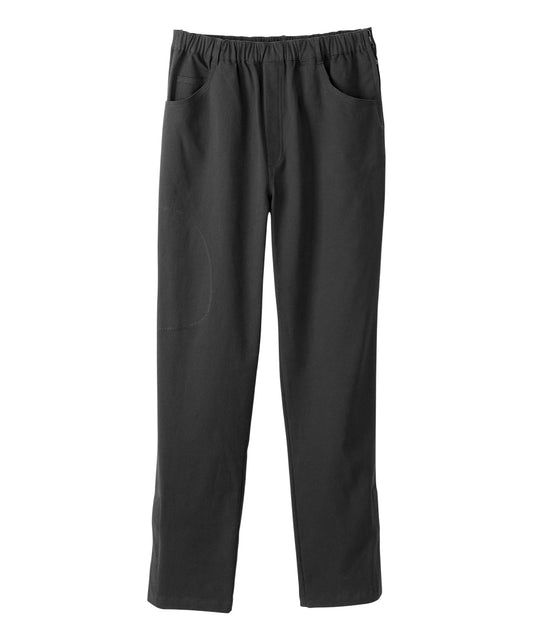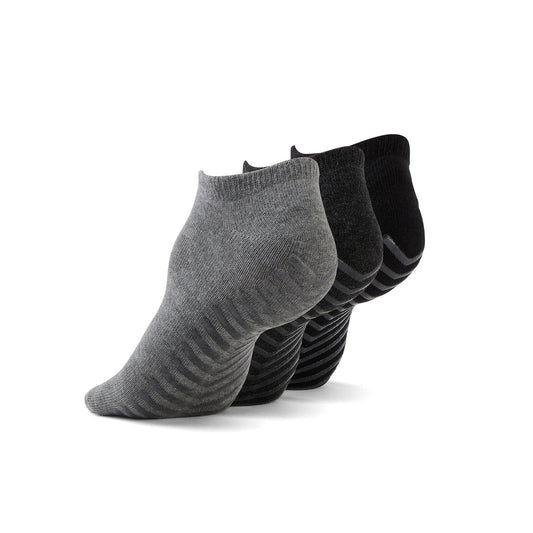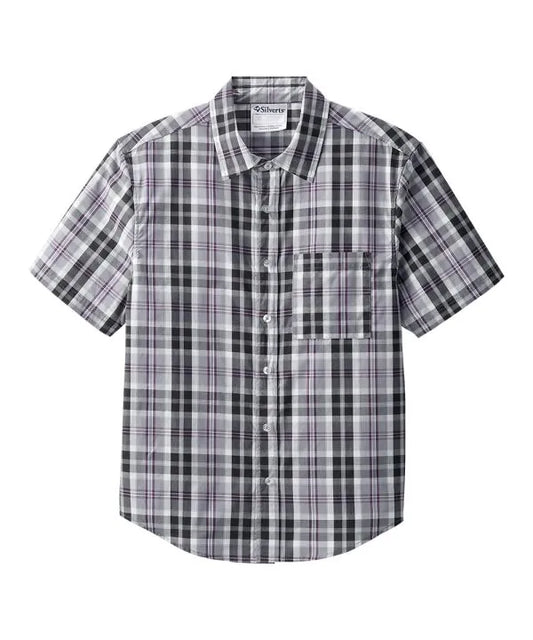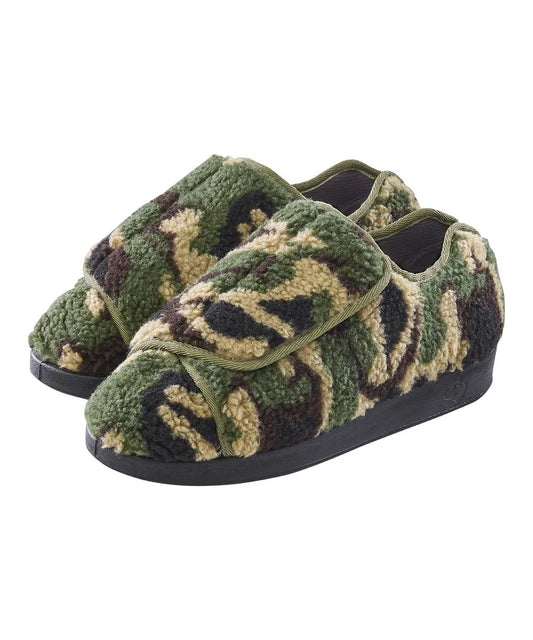Written By Tracy Vollbrecht, Founder of Vollbrecht Adaptive Consulting, and Reviewed by Aimun Jamal
The information provided in this blog post was compiled from various sources for Vollbrecht Adaptive Consulting’s course, History of Adaptive Fashion, which is available here on Udemy.
Importance of Adaptive Fashion Education
In this blog, we'll explore the history of adaptive fashion as there’s a lot to learn. Some of us have been fans of adaptive fashion for years! But for others, this may be the first time you’re learning about adaptive or functional fashion. To those of you who are new to adaptive fashion or June Adaptive, welcome! We’re happy you’re here! Whether you’re a seasoned adaptive fashionista or just beginning to explore inclusive clothing, there’s always something to learn. Did you know over 100 brands are creating adaptive apparel today? Or that mass-market adaptive fashion was first available in 1959?!
Learning about adaptive fashion and the history of this clothing category is important to making the fashion industry inclusive of all customers - those with disabilities and those without. If consumers don’t know adaptive clothing exists, how can they shop for products that will make their lives easier? Or tell their favourite brands to develop products that work for them?
The Origins of Our Adaptive Fashion Courses
This lack of knowledge about adaptive fashion is why Vollbrecht Adaptive Consulting decided to develop a course series providing a comprehensive education on adaptive fashion. From an introduction to adaptive fashion focused on the basics to a customer deep dive into designing fashion using universal design, we felt it was important to provide an easy, at-home way to learn everything about adaptive fashion.
Our favourite course to develop was our course on the history of adaptive fashion. We learned so much about the mothers of adaptive fashion in the 50s and 60s. Read on - we’re excited to share what we discovered about the origins of adaptive fashion!
Foundations of Adaptive Fashion
A few technological inventions set the stage for the development of adaptive fashion. In 1885, Heribert Bauer invented the modern snap. In 1893, Talon invented the zipper to solve the time-intensive process of buttoning up 20 buttons on a high-button boot. Boots at the time were at 20 buttons per boot, and fastening them "was a challenge for the most nimble and skilled". In 1941, hook and loop closure, eventually known as Velcro, was invented by the Swiss engineer, George de Mestral.
The first recorded adaptive fashion product was created in 1948 by Gladys Reed. She invented a belt with hip pockets for carrying her body-worn hearing aid and batteries. Later, she designed bras with pockets and made suspender belts with linen bags for carrying hearing aids and batteries.
These fashion technologies would be utilized in the first wave of adaptive fashion. Today, snap, zipper, and Velcro are widely used in all types of fashion! We couldn’t imagine clothing without these closures that we take for granted to make dressing easier for all of us.
First Wave of Adaptive Fashion
The start of the adaptive fashion movement can be credited to the mothers of adaptive fashion, Helen Cookman and Viriginia Pope. In 1955, Helen Cookman began researching the market potential of adaptable clothing at New York University's Institute of Physical Medicine and Rehabilitation after being recommended for the role by New York Times style editor Virginia Pope. From 1955 through 1959, Helen Cookman developed Functional Fashions, a collection of 17 items to help Disabled people dress independently. Adaptive elements of the collection included blouse pleats, double fabric underarms to withstand wear from crutches, Velcro fastening, and side zippers. Two key styles were a wrap-around dress (15 years before Diane von Furstenberg!) and patented trousers with full-length side seam zippers.
In 1959, Helen Cookman's Functional Fashions collection debuted. More than 35,000 people and organizations rushed to place orders. The line existed until 1976. Cookman's Functional Fashions, which, according to our research, were the first fashionable adaptive fashions, were popular because of the post-war American notion of independence that expected citizens to be self-reliant while performing productive, gender-normative roles in the labour force and at home.
In 1961, Helen Cookman and Muriel E. Zimmerman published Functional Fashions for the Physically Handicapped, an illustrated guide with information for Disabled consumers and designers on how to create clothing for disabled consumers. Following Helen Cookman's Functional Fashions collection, Helen Cookman and Virginia Pope founded the Clothing Research and Development Foundation in 1962, an outgrowth of the Institute of Rehabilitation Medicine in New York.

The Spread of Adaptive Fashion
In 1964, Mrs. Van Davis Odell created Fashion-Able, a line of garments for women. The line includes a bra with Velcro closures and a purse designed to fit on the handrest of a cane. In 1968, the Clothing Research and Development Council hosted a fashion show featuring designers Vera Maxwell, Shannon Rogers for Jerry Silverman, Dorothy Cox for Tanner of North Carolina, Rosalie Zumpano for Sarff Zumpano, the Joan Knits Division of Arkin Organization, Joseph Love, Merry Mites, and Better Trousers Inc. The clothing from these designers was available in Bonwit Teller, Lord and Taylor, and B. Altman & Co.

Sadly, in 1973, Helen Cookman passed away. In 1975, Levi produced functional jeans based on Helen Cookman's patent. The jeans featured stretched denim, full-length side zips, a roomy seat, easy-to-reach pockets, and a special inside half belt buttoning on either side to hold the jeans in place when the seat dropped. In 1978, Virginia Pope passed away.
Unfortunately, after Helen Cookman and Virginia Pope passed away, the emphasis on the “fashion” element of adaptive fashion shifted towards clothing being more functional and intended for recovery as well as for the elderly population.
Where The Fashion Industry Would Be Today
As we just mentioned, Helen Cookman and Virginia Pope’s Clothing Research and Development Council enabled major designers of the time to develop clothing for Disabled consumers. By offering adaptive fashion from well-known brands in major retailers Bonwit Teller, Lord and Taylor, and B. Altman & Co., the Clothing Research and Development Council made adaptive fashion inclusive and accessible to customers.
Unfortunately, the “fashion” aspect of adaptive fashion died with Helen Cookman and Virginia Pope. Had this movement continued after Helen Cookman and Virginia Pope, today’s fashion industry would look very different from how it is today. Adaptive fashion might have become a type of fashion that everyone knows and is available in every store, big and small.
Adaptive Fashion Resurgence
Despite the end of the first adaptive fashion movement and the shift towards elderly and recovery clothing, adaptive fashion managed to make a resurgence in 2007. Louisa Somerfield, a wheelchair user, founded the brand Wheeliechix-Chic in response to frustrations at high-street fashion offerings. Wheeliechix-Chic showed their collections in London Fashion Week shows, using all Disabled models.
From 2008 to 2018, Bezgraniz Couture worked with designers and universities to develop custom and mass-market clothing for people with disabilities. They worked to rebrand disability through marketing efforts, fashion shows, and art exhibits. In addition, Bezgraniz Couture placed Disabled people in the high fashion scene through their collections shown at Moscow Fashion Week and Los Angeles Fashion Week. They highlighted the diversity within the disability community by using models with a wide variety of disabilities.
In 2009, IZ Adaptive was launched by Izzy Camilleri. IZ Adaptive was the first of the second-wave pioneers to create a seated pant intended to be worn by people who spend the majority of their time seated. IZ Adaptive broke ground by being the first retailer to target a younger demographic of disabled people. IZ Adaptive is known for its fashionable, wheelchair-user-specific clothing, especially its game-changer pant design.
Also, in 2009, MagZips was patented by DNS Designs. MagZip, a magnetic base zipper, works well for people with disabilities, kids when wearing gloves, and more. MagZip’s widespread use pushed other zipper producers to make magnetic zippers.
In 2013, Maura Horton patented MagnaReady Magnetic Closure Technology. MagnaReady raised awareness of the ease of magnetic closures and led to the widespread usage of magnetic closures on garments.
The Future of Adaptive Fashion: YOU!
While the fashion industry has stepped back from the progress towards inclusion that Helen Cookman and Virginia Pope made in the 1950s, 60s, and 70s, we’ve started to gain the lost ground again thanks to pioneering brands like the ones previously mentioned, growing marketplaces such as June Adaptive, and consumers like you. By demanding more from the fashion industry, including encouraging brands to embrace all consumers, we can ensure that fashion truly works for everyone.
If you are interested in helping push the fashion industry forward, please connect with Vollbrecht Adaptive Consulting on LinkedIn, TikTok, or Instagram. We love to hear from consumers passionate about spreading the word on adaptive fashion!
Find mentioned products and more at JuneAdaptive.com. Subscribe to our newsletter at the bottom of this page for more content like this.


















